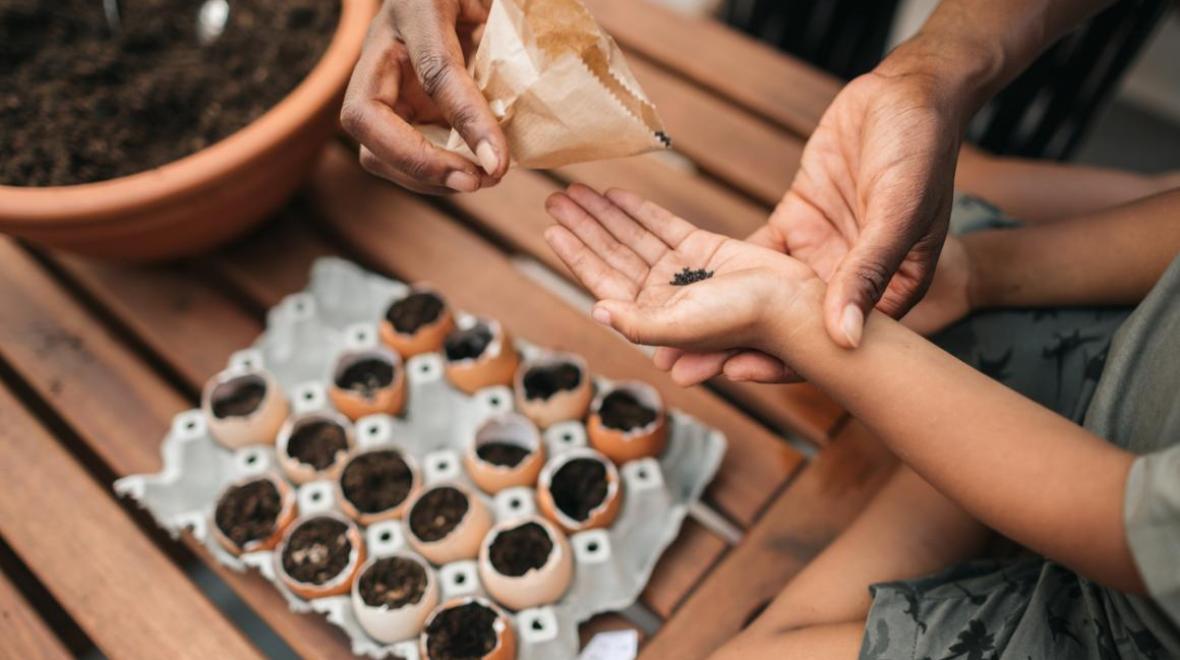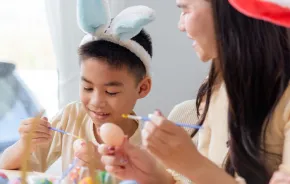
Get your grow on
The physical and mental health benefits of spending time outdoors are well documented. Try some of these environmental learning projects for both academic and vitamin D enrichment for kids.
While it is not so much the case today, during the first 10,000 years since agriculture developed, most family members had a role in growing food. Use this homebound time to introduce kids of all ages to the art and science of gardening.
Toddlers can poke seeds into the ground (or into a pot on the porch) and pick fruit when it’s ripe, while older kids might take over one section of the garden. Grade-schoolers can run plant experiments: Your students can calculate germination rates; conduct seedling races to demonstrate growth under different light or water conditions; dissect plants and flowers to identify their parts; and learn to distinguish the good bugs from the not-so-good ones. Teens might take over planting plans for the whole garden and calculate harvest times; they can also get exercise by building raised beds and turning compost.
If your outdoor space is limited, you can plant a container garden, make a terrarium or read the book “Linnea’s Windowsill Garden,” a collection of indoor gardening ideas, such as sprouting plants from meal leftovers.
Click through the arrows above for more fun ideas.











